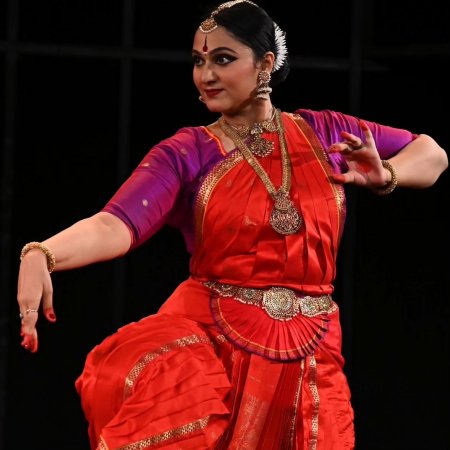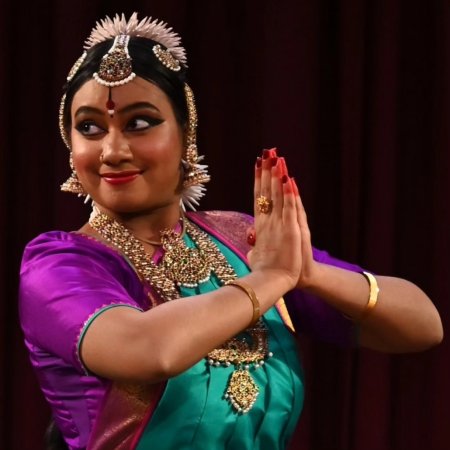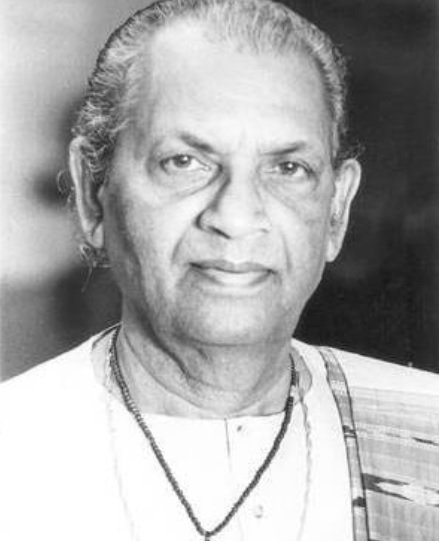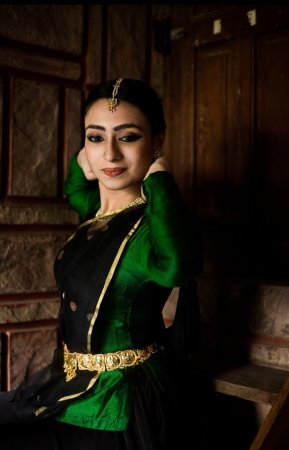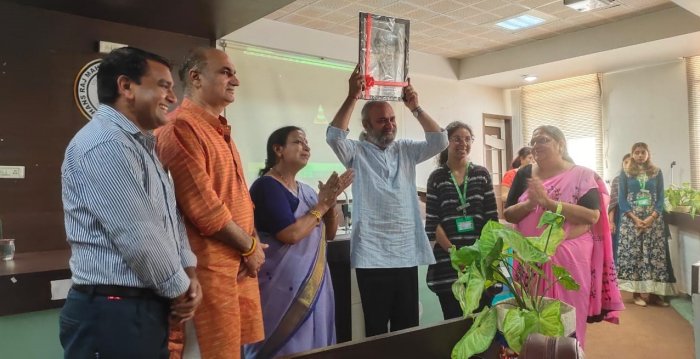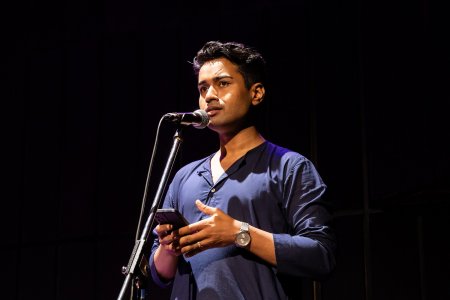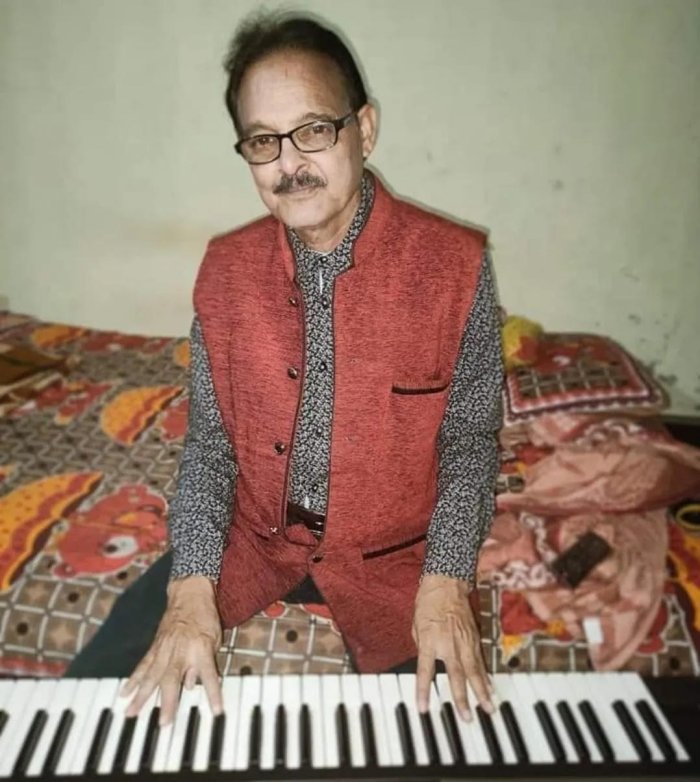Please provide your name / email id along with your comment. Anonymous and derogatory comments will be removed.
Narthaki Blog - Gateway to the world of Dance
Please provide your name / email id along with your comment. Anonymous and derogatory comments will be removed.
Wednesday 9 October 2024
Natya Vriksha centre stages two faces - of an inheritor and of a beneficiary - Taalam: column by Leela Venkataraman
Friday 4 October 2024
Saroha Festival: In memory of Guru Hare Krishna Behera - Taalam: column by Leela Venkataraman
Please provide your name / email id along with your comment. Anonymous and derogatory comments will be removed.
Thursday 3 October 2024
Profile - Shivani Jatar reimagines Kathak through a Contemporary lens - Kasmin Fernandes
From the rhythmic footwork of traditional Kathak to the experimental choreographies she now performs in Leeds, UK, Mumbai-born Shivani Jatar's journey is one of balancing tradition and innovation. Steeped in the age-old techniques of Kathak, yet pushing its boundaries, this young dancer offers a fresh perspective on the classical Indian dance form. Shivani's technical mastery of Kathak is evident in her attention to tatkar which serves as the foundation of her performances. Wearing ghungroos, she skilfully weaves intricate rhythmic patterns known as tihai into her movements, creating a dynamic interplay between sound and motion.
Please provide your name / email id along with your comment. Anonymous and derogatory comments will be removed.
Tuesday 1 October 2024
Anita says...October 2024
It occurs to me that courage comes from the same place as fear, and where there is fear, there is the possibility of courage.
- Pádraig Ó Tuama, Irish poet and theologianIn the Shelter: Finding a Home in the World
Welcome to October - the changing season, the clocks turning back in North America and our grand silks and festive wear emerging from closets.
I begin in NYC... the BIG APPLE which has been the western world's most important center for dance for many decades. And for the past three weeks, all eyes were on Indian dance events that crowded the calendar.
Please provide your name / email id along with your comment. Anonymous and derogatory comments will be removed.
Friday 27 September 2024
Punjab matters!: Column by Ashish Mohan Khokar
Taking Mohan Khokar (1924-1999) Centenary celebrations to his home state - the Punjab - was a commendable feat by the IGNCA under Dr. Sachchidanand Joshi. He has supported the centenary celebrations since Dec 30th last; the first one took place in Chennai at Kalakshetra on the occasion of the birthday of late Prof. Mohan Khokar. Dance icons Sonal Mansingh, Padma Subrahmanyam and guru Kalyanasundaram Pillai blessed on dais and many stars of the scene were in attendance. Dr. Achal Pandya gave full support to the publication of the 300 paged tome on Mohan Khokar: The father figure of Indian dance edited by yours truly. Functions later followed in Bombay, Baroda, Ahmedabad, Pune and now - Punjab.
Please provide your name / email id along with your comment. Anonymous and derogatory comments will be removed.
Wednesday 25 September 2024
Encouraging response to Aavartan Festival - Taalam: column by Leela Venkataraman
Established in 2020 by Madhur Gupta, to spread classical art education amongst the youth, Sangeet Vidya Niketan's valiant effort has worked on the principle of Marg Darshan through a Guru going far beyond the formal instructions inside of the classroom.
Its latest two day event Aavartan held at Stein auditorium of the Habitat, Delhi, not only provided recitals in both classical music and dance, but also blended in the same show, young talents along with the expertise of established artistes - demonstrating in the process, how Art survives through ages - by enriching on the one hand and in turn getting enriched. Above all making the two evenings ticketed events, for this critic, was a courageous and much needed step - especially for an art viewing community, which in the 'free for all' programs, seems to take for granted the dancer, who, living on air, has to provide programs!
Please provide your name / email id along with your comment. Anonymous and derogatory comments will be removed.
Obit/Tribute - Pt. Sunil Kumar Dubey - Sharon Lowen
Please provide your name / email id along with your comment. Anonymous and derogatory comments will be removed.
